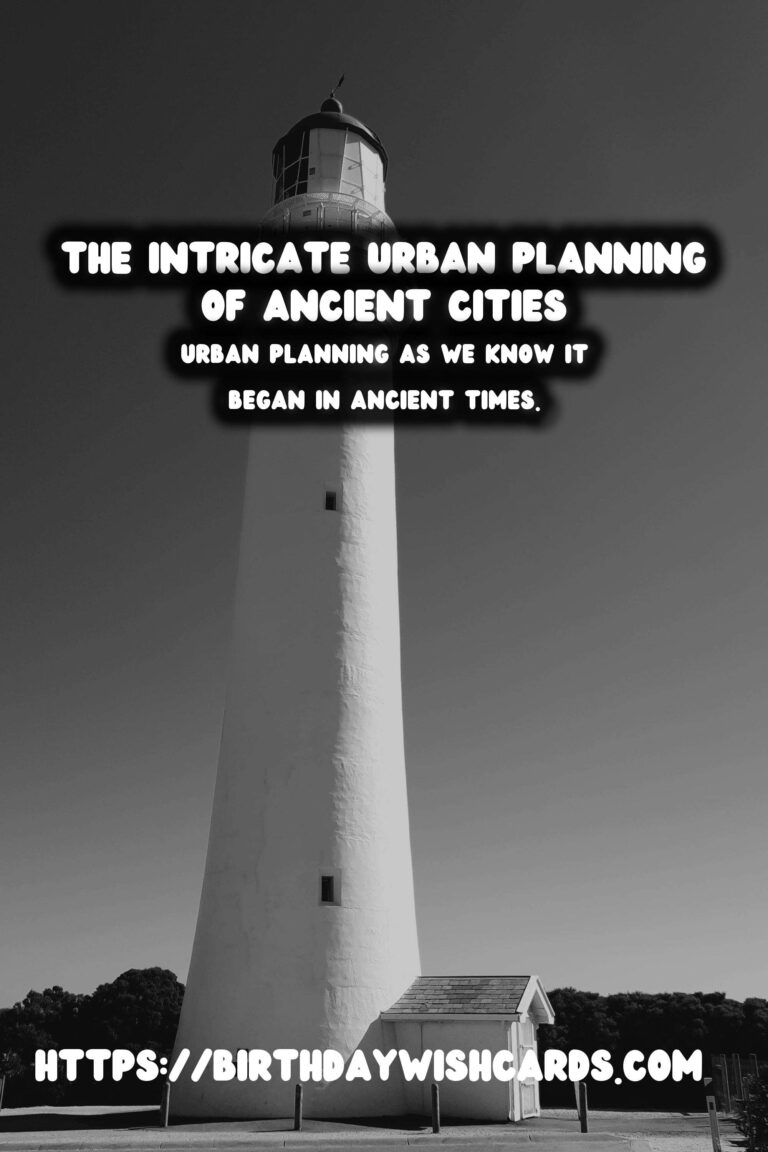
The marvel of ancient cities lies not just in their architectural grandeur but in the sophisticated urban planning that underpinned their development. From the organized streets of Mohenjo-Daro to the awe-inspiring structures of Teotihuacan, these ancient metropolises provide a glimpse into the ingenuity of our ancestors.
The Birth of Urban Planning
Urban planning as we know it began in ancient times, as societies shifted from nomadic lifestyles to permanent settlements. This transformation required new strategies to organize space, resources, and governance. Early planners didn’t just create cities; they orchestrated living conditions that sustained burgeoning populations.
Mohenjo-Daro: The Grid Plan
Mohenjo-Daro, part of the Indus Valley Civilization, is an exemplary case of ancient urban planning. Dating back to 2500 BCE, the city was known for its orderly grid layout. Streets were intersected at right angles, forming a rectilinear grid. Houses featured uniform brick sizing and advanced drainage systems, indicative of meticulous planning.
Athens: The Agora and Acropolis
Athens, the cradle of Western civilization, combined functionality with philosophy in its city planning. The Agora served as a marketplace and civic center, a hub for democratic engagement. The Acropolis, perched above the city, symbolized Athenian glory and strategic military positioning.
Teotihuacan: The City of the Gods
Teotihuacan, in central Mexico, showcases complexity and grandeur. The city’s layout was carefully planned, with the Street of the Dead, a central thoroughfare, aligned with celestial events. The massive Pyramid of the Sun, its largest structure, was built using precise astronomical measurements.
Rome: Engineering and Expansion
Rome’s urban planning prowess can be seen in its road networks and aqueducts, which facilitated expansion and governance. The Roman Forum was the heart of political and social life, meticulously organized to reflect Roman efficiency and power.
Angkor: The Hydraulic City
Angkor in Cambodia showcases a unique blend of urban and architectural planning. Its system of reservoirs and canals was not just for irrigation but also for urban layout, leading to sustainable water management that supported its large population.
The Legacy of Ancient Urban Planning
Modern urban planning owes much to these ancient cities. Concepts of street grids, zoning, and civic centers originated thousands of years ago. As cities continue to expand, planners draw inspiration from old methodologies to create sustainable, livable environments.
The study of ancient cities not only reveals the ingenuity of early urban architects but also provides invaluable lessons for contemporary city planning. By understanding the past, we pave the way for innovative and sustainable urban futures.
Urban planning as we know it began in ancient times. The study of ancient cities not only reveals the ingenuity of early urban architects but also provides invaluable lessons for contemporary city planning. 
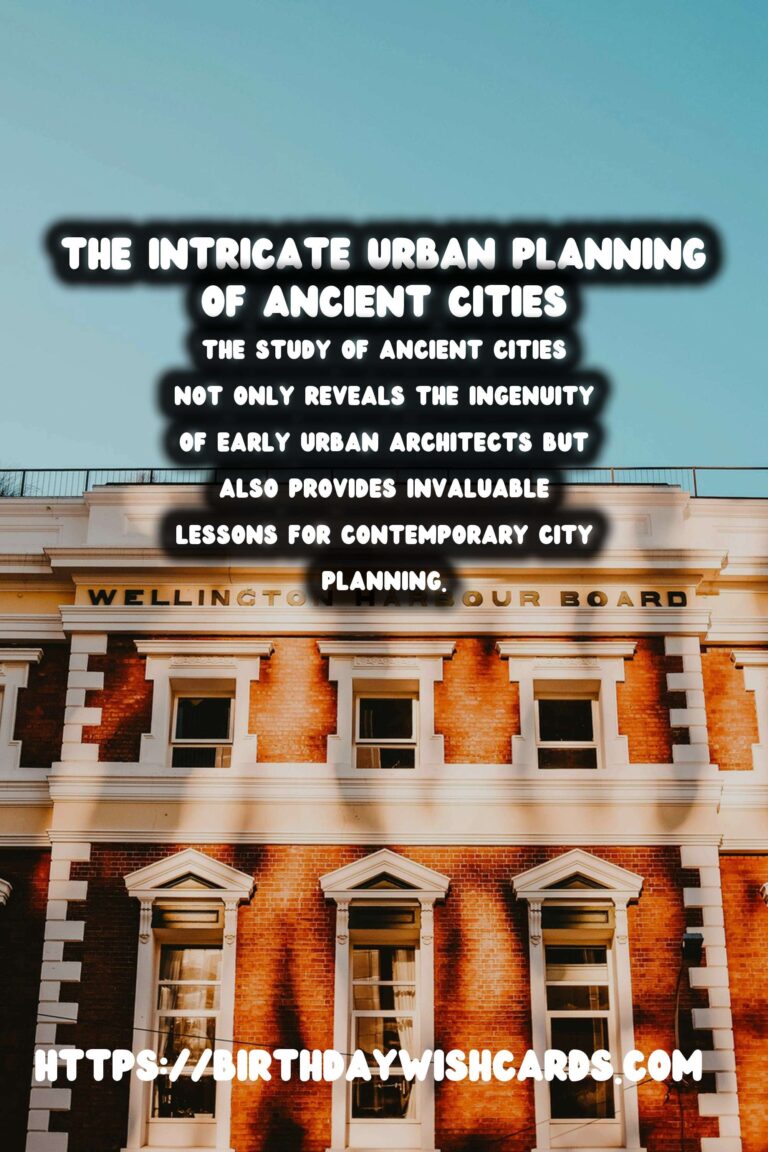
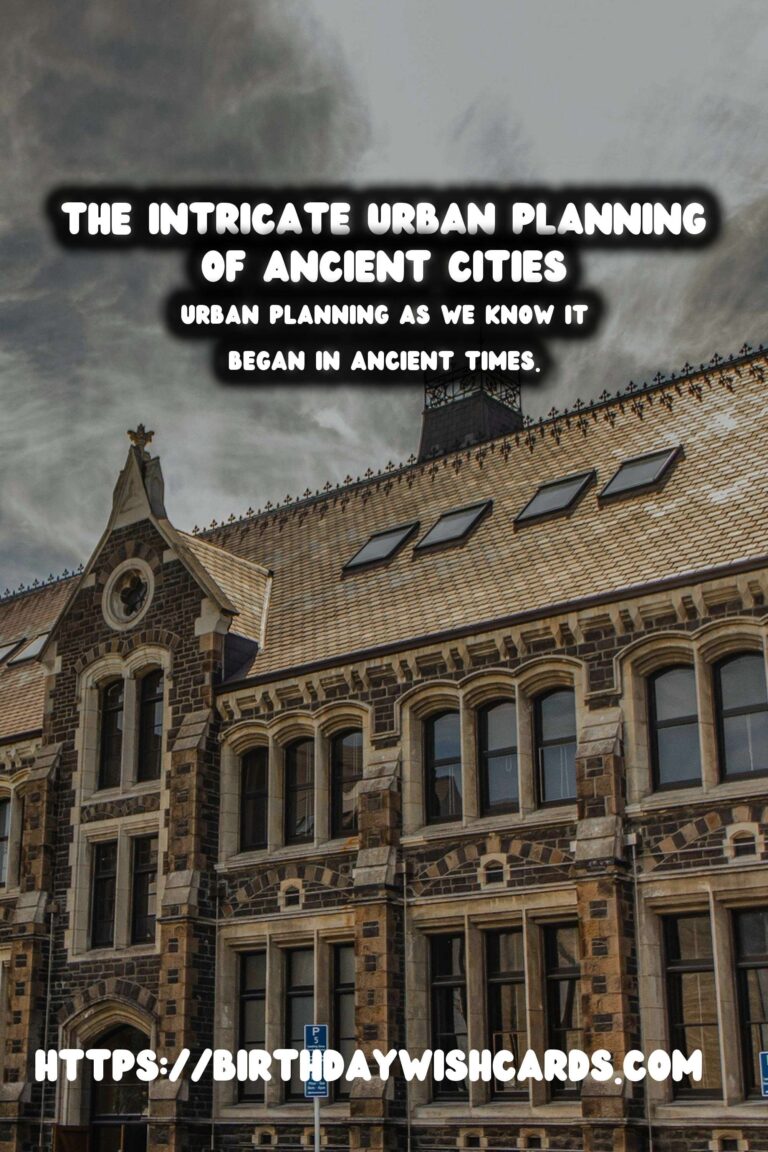
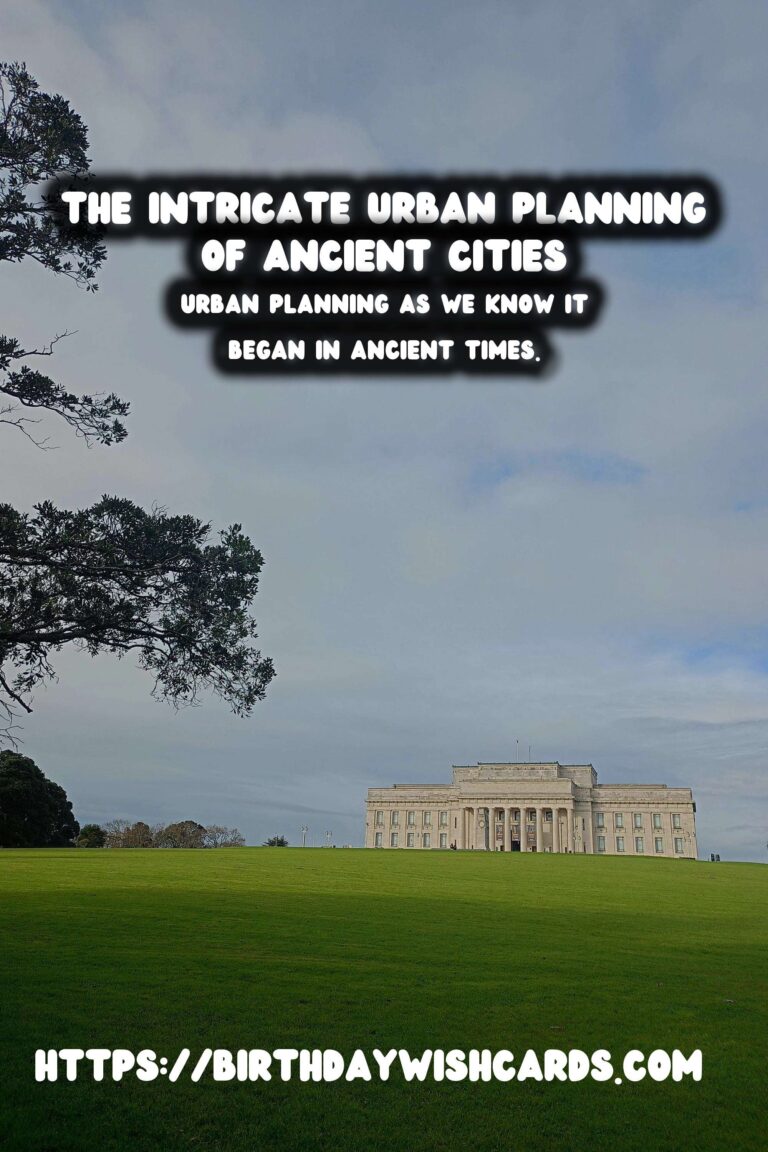
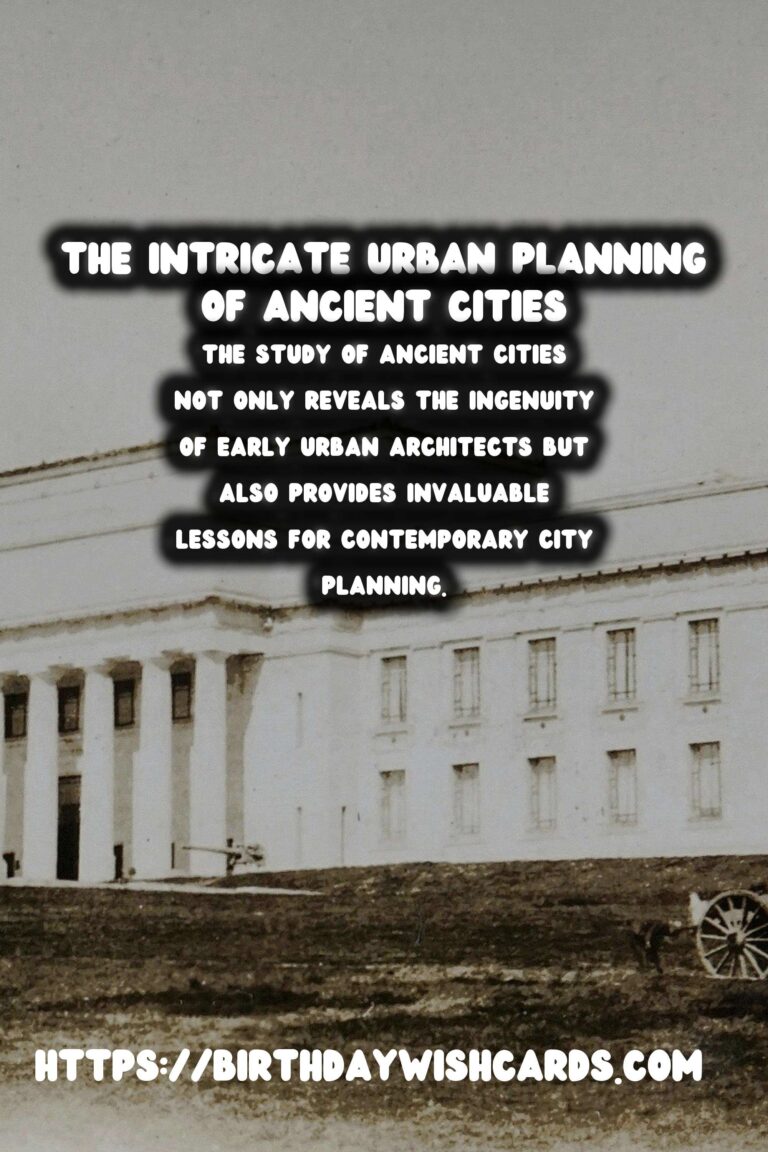
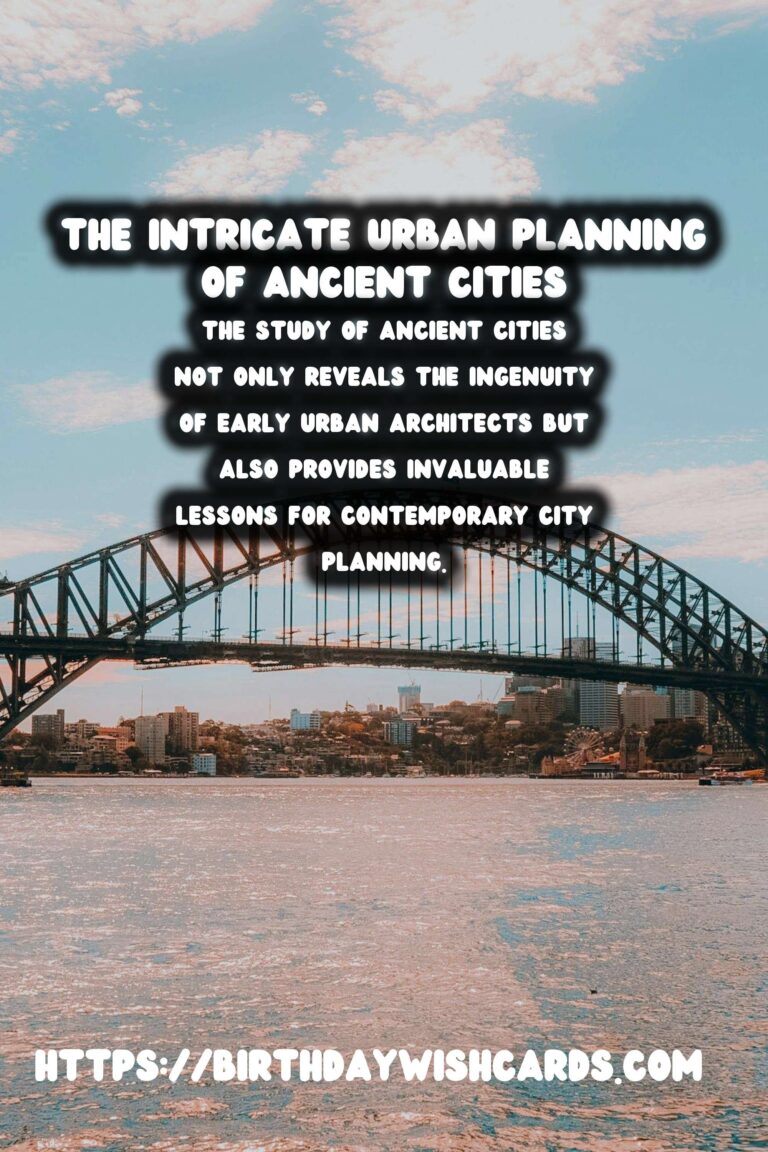
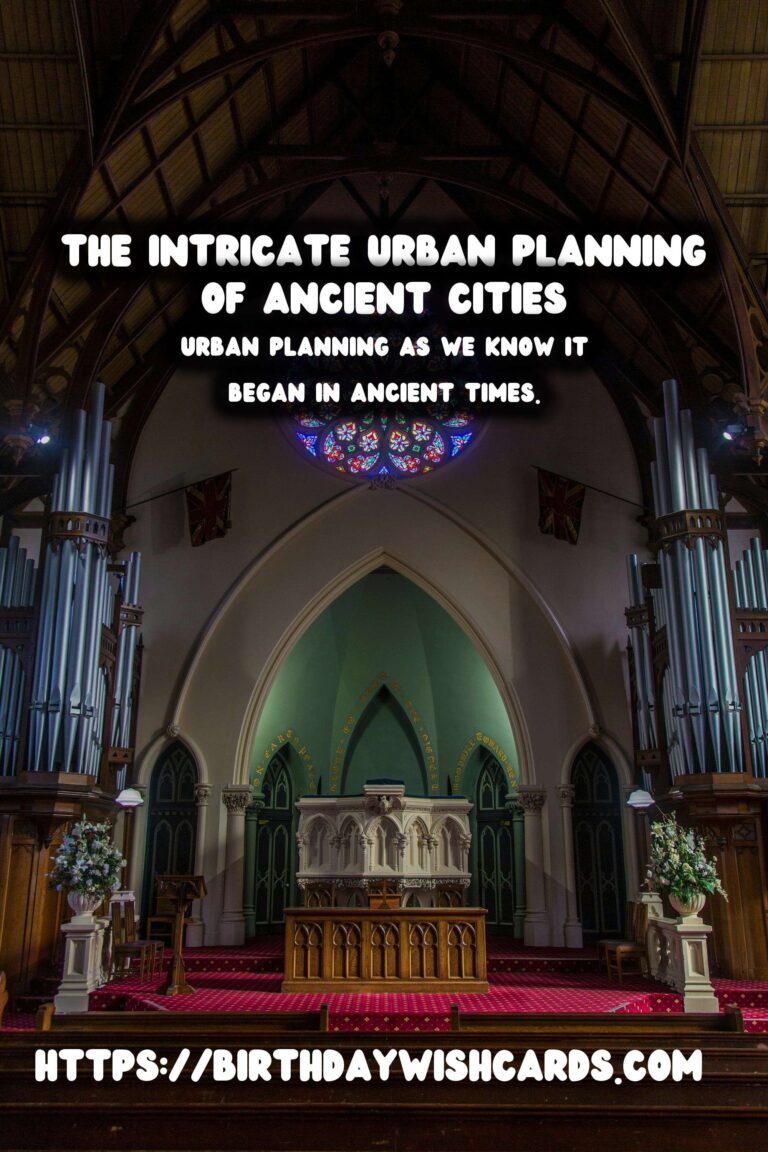
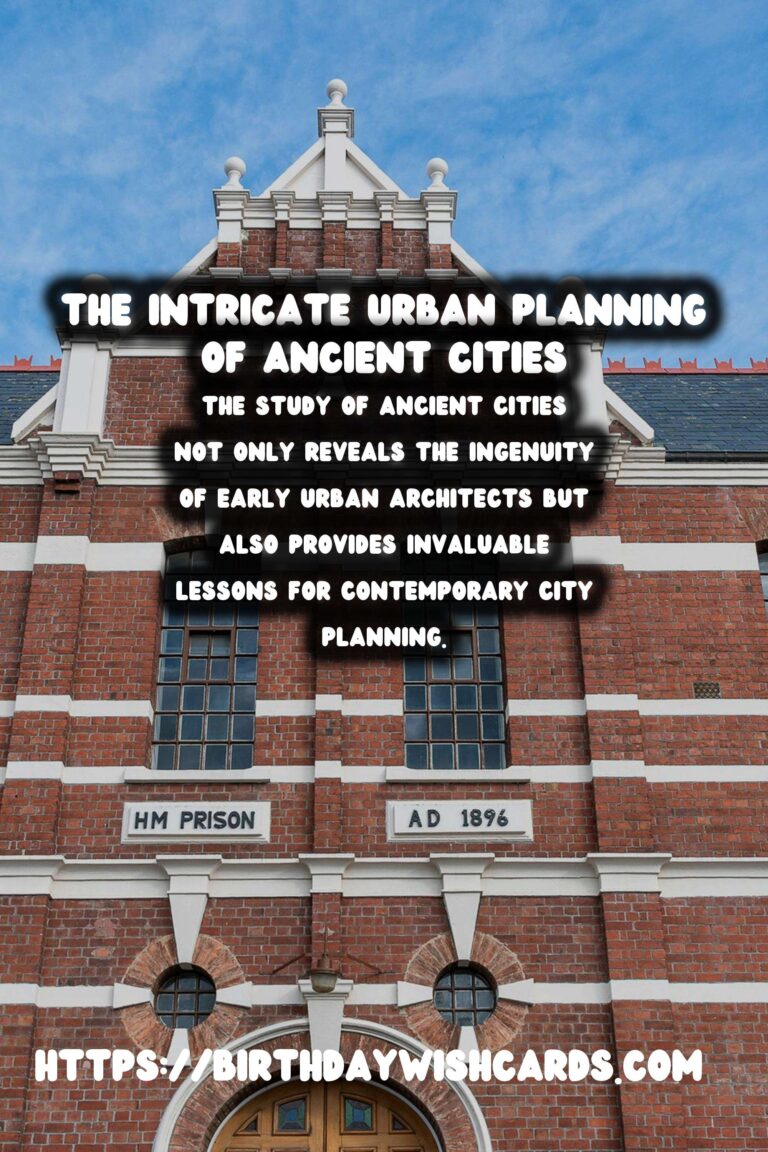
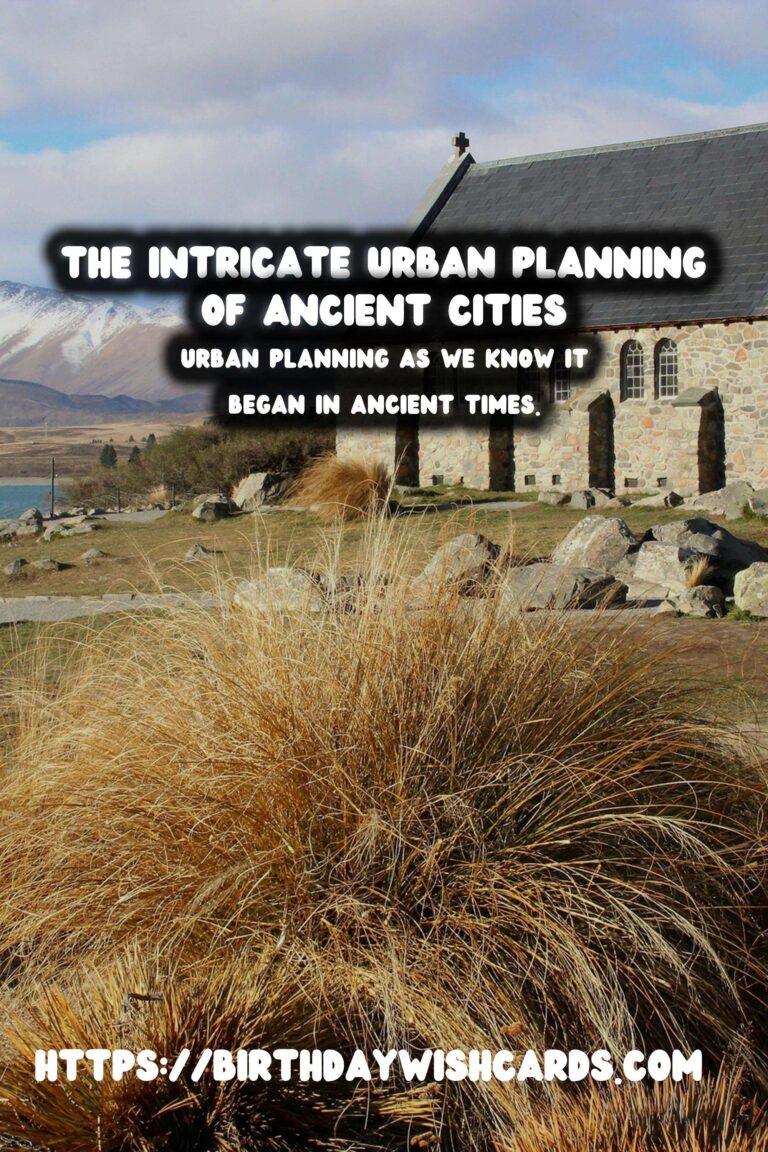
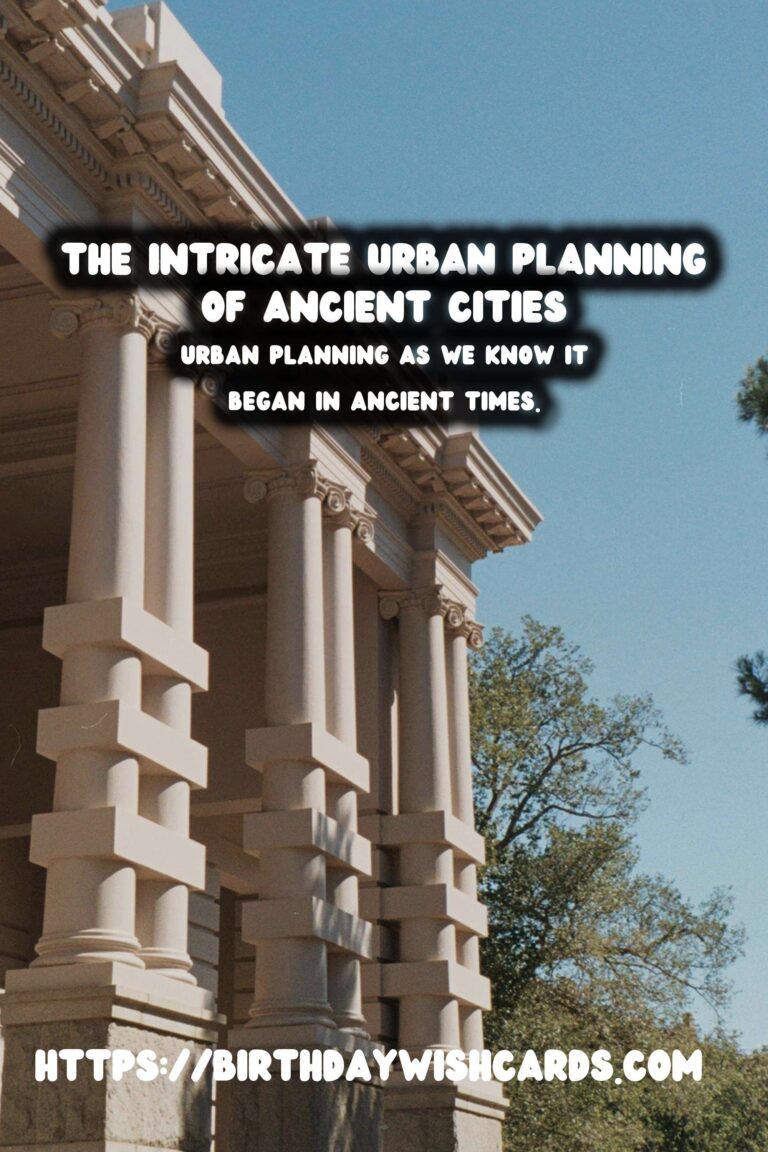
#AncientCities #UrbanPlanning




